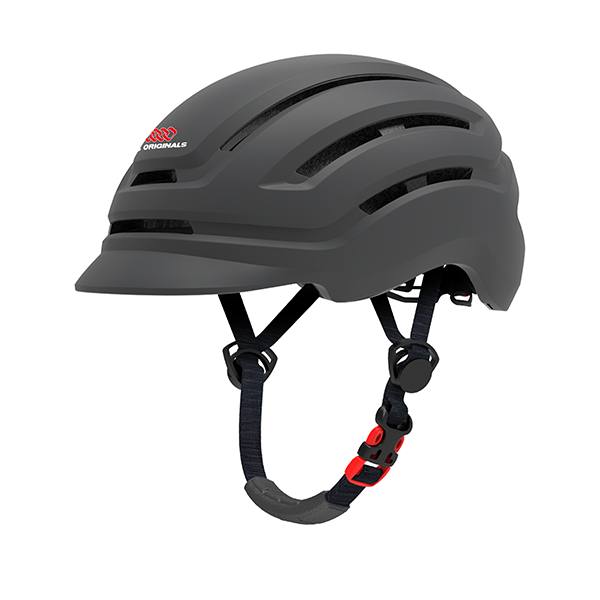Air blowers are essential tools in various industries, providing efficient solutions for ventilation, cooling, drying, and cleaning. Understanding the different types of air blowers available can help businesses and individuals select the right equipment for their specific needs. This article delves into the various types of air blowers, their applications, and the benefits they offer.
- Introduction to Air Blowers
Air blowers are mechanical devices designed to move air or gas from one location to another. They operate on the principle of creating a pressure differential, which allows air to flow through ducts, pipes, or open spaces. The versatility of air blowers makes them invaluable in numerous applications, from industrial settings to household use.
- Types of Air Blowers
Air blowers can be categorized based on their design, operation, and application. Here are the primary types:
2.1 Centrifugal Blowers
Centrifugal blowers, also known as radial blowers, utilize a rotating impeller to increase the velocity of air. The air enters the blower axially and is expelled radially, creating a high-pressure airflow.
Applications:
- HVAC systems for air circulation and ventilation
- Dust collection systems in manufacturing
- Cooling systems in industrial processes
Benefits:
- High efficiency and performance
- Ability to handle large volumes of air
- Low maintenance requirements
2.2 Positive Displacement Blowers
Positive displacement blowers operate by trapping a fixed volume of air and forcing it out through the discharge. They can be further divided into two main types: rotary lobe blowers and diaphragm blowers.
Applications:
- Wastewater treatment plants
- Pneumatic conveying systems
- Aquaculture aeration
Benefits:
- Consistent airflow regardless of pressure changes
- Suitable for high-pressure applications
- Robust design for demanding environments
2.3 Axial Flow Blowers
Axial flow blowers move air parallel to the axis of the fan. They are characterized by their long, cylindrical shape and are commonly used in applications requiring high airflow rates at low pressure.
Applications:
- Cooling towers
- Ventilation systems in large buildings
- Exhaust systems in industrial processes
Benefits:
- High airflow capacity
- Compact design
- Energy-efficient operation
2.4 Blower Fans
Blower fans are versatile devices that combine the features of both fans and blowers. They are typically used for drying, cooling, and ventilation purposes.
Applications:
- Residential and commercial spaces for air circulation
- Industrial drying processes
- Agricultural applications for grain drying
Benefits:
- Portability and ease of use
- Adjustable airflow settings
- Cost-effective solution for various applications
- Choosing the Right Air Blower
Selecting the appropriate air blower depends on several factors, including:
- Application Requirements: Determine the specific needs of your application, such as airflow rate, pressure, and environmental conditions.
- Energy Efficiency: Consider the energy consumption of the blower, as this can significantly impact operational costs.
- Maintenance Needs: Evaluate the maintenance requirements of different blower types to ensure long-term reliability and performance.
- Noise Levels: Some applications may require quieter operation, making it essential to consider the noise output of the blower.
- Conclusion
Air blowers play a crucial role in various industries, providing efficient solutions for air movement and management. By understanding the different types of air blowers and their applications, businesses and individuals can make informed decisions that enhance productivity and efficiency. Whether you require a centrifugal blower for industrial processes or a portable blower fan for residential use, the right choice can lead to significant benefits in performance and cost savings.



+ There are no comments
Add yours